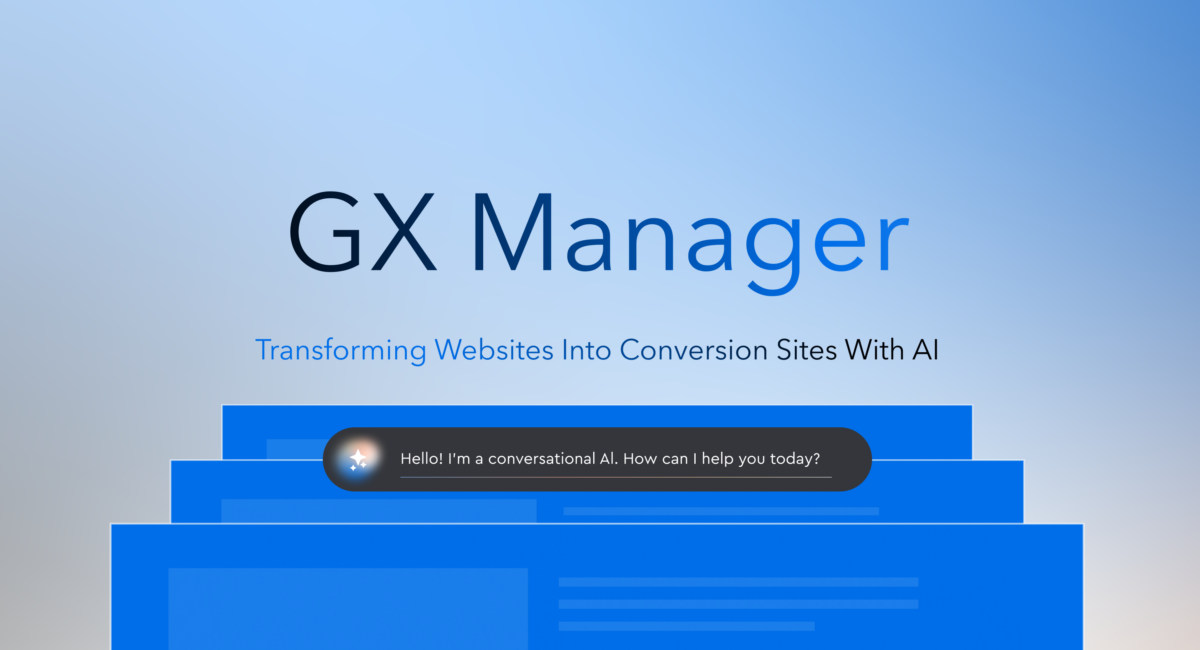|
|
Half a century ago, marketing didn’t command a C-suite title. Today, the role of CMO is ever-expanding and includes leading multi-functional teams and aligning across organizations on priorities. In fact, there is nothing that marketing doesn’t touch.
At WPP’s recent B2B summit in New York City, a group of CMOs from global tech and consulting brands reflected on their changing roles. Kristin Gower, Global President, B2B, EssenceMediacom, suggested that a modern Chief Marketing Officer is perhaps more accurately described as a Chief Growth Orchestrator. They are expected to deliver tangible business outcomes while maintaining challenging budgets and helming and coordinating a multi-functional growth engine within their larger organizations.
Many are feeling the pressure. In an August 2023 global survey of 188 Fortune-500 B2B marketing leaders commissioned by EssenceMediacom, almost 90% of leaders said their role had become “more” or “much more complex.”
At the same time, B2B marketing is at a critical juncture of digital transformation. Today’s B2B buyers have shifted online and are seeking B2C-like experiences. With expanded ownership over the customer experience, B2B marketing departments must harness the tools and capabilities available to them to drive growth across the entire journey.
Making the customer the heart of the business
In this fast-changing landscape, customer centricity has emerged as a strategic imperative—80% of survey respondents said customer centricity has become “much more” or “more important” to their organization over the past 2-3 years.
“For us, our campaign today is literally putting our business customers at the center of our brand,” says Kristin McHugh, SVP Marketing Activation & Creative, Verizon. “It’s not just Verizon, it’s your business, it’s your Verizon. It can’t get much more human-centric than that.”
It’s essential to deliver relevance to B2B customers in real time. That means hitting them with the right context at the right time and being able to quickly pivot in response to world-changing events. To be customer-centric, marketers must possess a complete understanding of the customer. Orchestrating data in service of customer centricity is crucial, and CMOs are increasingly turning to tools that supply and leverage intent data and produce more sophisticated audience segmentation.
Successful B2B marketers are making their customer the center of their marketing strategies, developing content and solutions that truly connect with them and deliver on their business needs throughout their experience. As we think about how to achieve customer centricity, we must consider how customers see themselves and their business challenges.
“Being able to share our marketing above the line allows us the broadest reach, but in content marketing, we can be a lot more specific about the verticals that matter to our customers,” says McHugh. “So, sharing case studies, sharing other customers that leverage our networks, that’s important for them to see how it might benefit their business.”
Building and retaining trust
In B2B marketing, trust and the customer relationship are paramount. One way that B2B marketers can build trust is by engaging customers in the prototype phase of product and service development. In short, it’s about connecting products and brands to customers themselves.
AI and other technologies can also help improve personalization and build trust among clients. In this new world of generative AI, marketers will find themselves in the driver’s seat with a copilot capable of consolidating and interrogating large, disparate customer interactions across the organization. Free to focus on the more human side of the job, marketers can immerse themselves in creativity and translate insights into impact.
“Everyone in this environment, no matter what your role [is], no matter what you’re doing, needs to be up to date on the latest technologies so that they can understand how to wield them and understand their relationship with them,” says Elise Cornille, Chief Marketing Officer, North America, Accenture. “How are you going to do things differently, what do you want to do differently, and how can AI and technology [help you achieve] that?”
“I think the other dimension is combining that with human ingenuity and creativity,” she adds. “And as marketers, we need to be the ones that are defining right now how those technologies are working and what they should be used for.”
More technology and more data in marketing have created more opportunities for CMOs, while also adding complexity to their roles. Today’s B2B CMO must wear many hats, from customer oracle to cross-department conductor.









